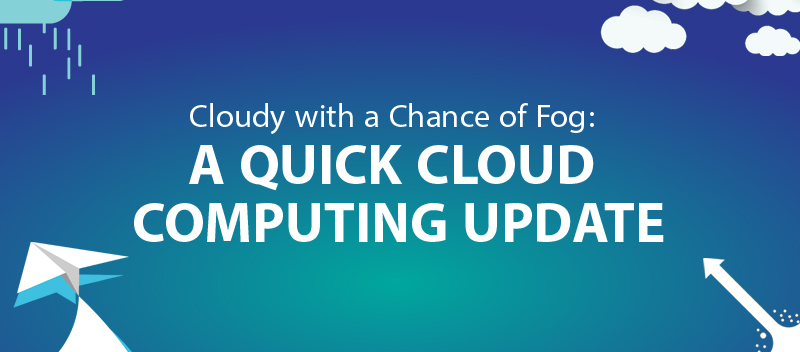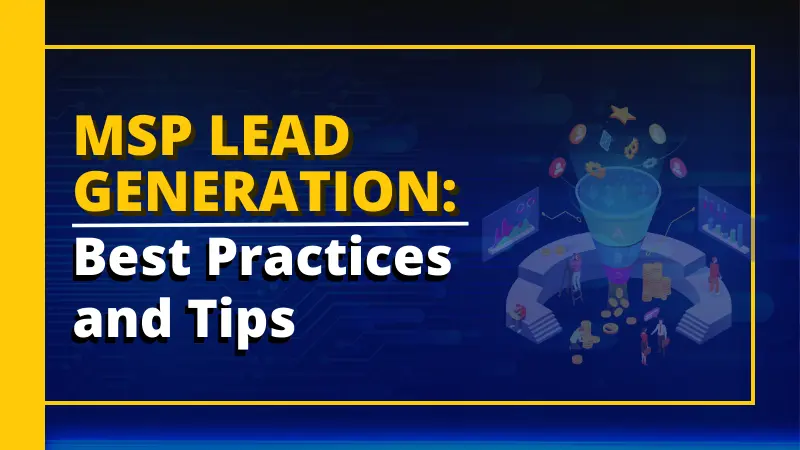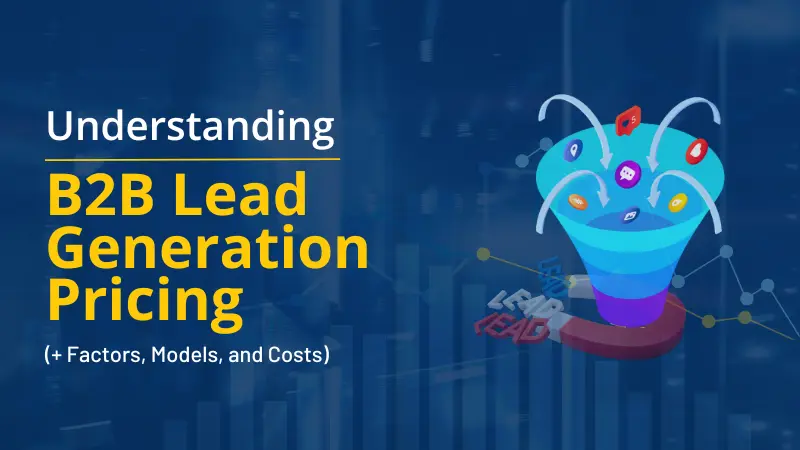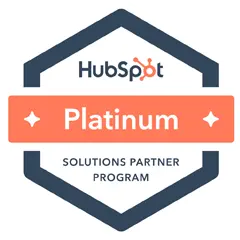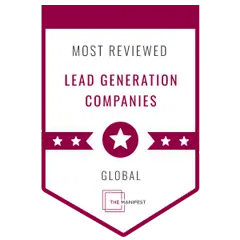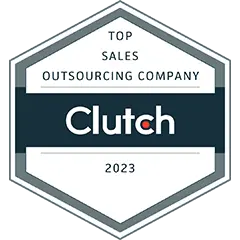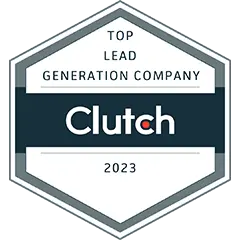Gartner’s latest Hype Cycle for cloud computing shows the technology has now reached the Slope of Enlightenment stage. That means the Cloud has already drifted past the first three hype levels—Innovation Trigger, Peak of Inflated Expectations, and Trough of Disillusionment—and is steadily climbing toward the Plateau of Productivity phase. It’s about time, too. Today, the Cloud ranks among the most disruptive and groundbreaking IT innovations ever.
A little over 10 years ago, cloud computing started life as a buzzword for server virtualization. Back then, slapping the word “cloud” onto anything that resembled shared hosting, colocation, or other service-based IT solutions allowed vendors to tout decades-old products as newfangled innovations. This raised a lot of confusion around the technology, and it wasn’t until 2010 when Gartner published the IaaS Magic Quadrant that the skies finally started to clear (so to speak) for cloud computing.
Fast forward to 2018, and the Cloud has evolved into a must-have business technology. Almost all companies (regardless of size, industry, or location) now rely on the Cloud for a broad spectrum of business needs—from SaaS-based versions of legacy apps to IaaS-deployed strategic enterprise-level systems.
Much of this change stems from the continued expansion of use cases for cloud computing beyond cost-savings and productivity gains. Practically all the major IT innovations in the recent two years (such as the blockchain, AI, quantum computing, etc.,) owe much of their existence to the Cloud.
That’s why keeping up with the Cloud’s rapid evolution can be daunting. In today’s post, we’ll check in on the current state of cloud computing and look at the changes at different angles, from overall trends all the way to industry-specific usage and adoption.
Related: 5 Steps to Future-Proof Your Go-to Market Strategy for Cloud Services
A View Above the Cloud Tops

Let’s first take a 30,000-foot view of what’s going on right now in cloud computing. There’s a lot happening, but we’ll just focus on what’s really driving the changes.
Growth in Cloud Computing
Although figures for the size and growth rate of the global cloud computing market vary from one research firm to another, the numbers all point to one thing: the Cloud continues to get bigger at a faster rate.
Gartner predicts that by the end of 2017, total worldwide revenues from public cloud computing will grow by 18% from the previous year’s figure to $247 billion. Meanwhile, IDC puts the current size of the public cloud market at $122 billion with a growth rate of 24% year-on-year.
Taking a longer-term view, Forrester forecasts that the public Cloud will reach $236 billion in 2020, while Bane and Co. places this figure at $390 billion. Gartner sees cloud computing’s market size growing to over $411 billion by 2020.
The Cloud Wars
A handful of large companies control a huge chunk of the different public cloud segments. These powerhouses have dominated the Cloud for several years now and are still expanding at phenomenal rates—at the expense of non-cloud IT companies and other smaller cloud providers.
Forrester reports that in 2018, Amazon Web Services (AWS), Google, and Microsoft will capture 76% of the platform cloud market, a number which will grow to 80% in 2020.
In a recent article, Forbes points out that IBM is also firmly engaged in the Cloud Wars as the company recorded revenue numbers that firmly put it in third place behind Microsoft and Amazon. In addition, Goldman Sachs analyst Heather Bellini believes that Alibaba (alongside Amazon, Microsoft, and Google) will also become a cloud market leader.
The Key Overall Trends
For the overall cloud market, a few underlying trends drive much of the evolution we’re seeing. Most industry sources, such as Forrester’s 2018 Cloud Predictions report, say that the main developments reshaping the Cloud include:
- Market consolidation among a few providers (as we’ve seen earlier)
- The shift by SaaS companies toward platforms in place of apps (ecosystems rather than functionality).
- Kubernetes becoming the de facto container orchestration platform of choice
- Surge in private and hybrid cloud usage and spending
- Accelerated adoption of AI-powered analytics
- Growth in next-generation cloud storage, edge computing, serverless platforms, and other recent innovations
We’ll go into some of these points in greater detail later.
Peeling Back the Cloud, Layer by Layer

For this section, we’ll zoom in a little bit and find out what’s brewing in each of the Cloud’s three main segments. While the overall Cloud market size shows a healthy pace of expansion, growth doesn’t appear to be evenly distributed between IaaS, PaaS, and SaaS.
Infrastructure-as-a-Service (IaaS)
Latest research from IDC shows that the IaaS segment now accounts for 17.8% of the public cloud market (the second biggest among the three categories) with a year-on-year growth rate of 38.1% (the second-fastest among the three). These figures point to the IaaS segment’s accelerating growth, especially when taking into account the 31% expansion rate reported by Gartner for the prior year.
According to IDC, a huge portion of this segment’s continued growth comes from strong enterprise demand and sustained investments by providers in this space. This, in turn, drives the increase in the “range and granularity” of IaaS offerings, resulting in wider adoption. For example, new releases like Azure Stack and VMware Cloud on AWS have lowered the barrier to implementation for a lot of enterprise customers in need of hybrid cloud setups. Network World outlines these growth drivers as follows:
- Mass enterprise adoption (60% of enterprise workloads will be off-premises by 2018)
- Cloud-based machine learning and AI (tools like Google’s TensorFlow)
- Hybrid cloud (the public cloud on-ramp)
- Cloud usage management tools (VM usage, capacity planning, access controls, etc.)
- Data center proliferation (increase data center build-outs in different parts of the world)
Amazon continues to dominate the public IaaS sector with a 44.2% market share, followed by Microsoft (7.1%), Alibaba (3%), and Google (2.3%).
Platform-as-a-Service (PaaS)
The PaaS segment holds the smallest market size among the three cloud computing categories but outpaces the other service areas in terms of growth. IDC estimates that PaaS makes up 13.6% of the worldwide public cloud market with a growth rate of 50.2% year-on-year.
Thanks to its reputation as a secure and scalable enterprise application development platform, the PaaS segment will continue to see strong double-digit growth in the near future, according to Gartner. Meanwhile, IDC points to the rapid adoption of container technology as the main driver of the segment’s current expansion, along with the following trends (identified by GIA Research):
- Higher usage of containers in production environments
- Adoption of cloud computing among application-independent software vendors (ISVs)
- Opportunities in the application infrastructure & middleware market
- Growing focus on cloud integration
- Big data and data integration
Synergy Research cites Amazon as the clear leader in the PaaS segment with a market share of 40%, which is larger than the next three players (Microsoft, Google, and IBM) combined.
Software-as-a-Service (SaaS)
According to IDC, Nearly 69% of the global public cloud market belongs to the SaaS segment. But with the ready availability of thousands of SaaS applications from thousands of SaaS vendors (both tech giants and startups) and the segment’s relative maturity, there’s now some level of commoditization sweeping across the SaaS sector. While this service area still sees some strong two-digit growth (about 23% by IDC’s recent count), it actually has the slowest rate of expansion in the Cloud space.
Still, SaaS remains a prime area for growth and disruption as businesses continue moving apps off-premises in droves, and as more organizations consider migrating larger, business-critical tools (like ERP, SCM, and other strategic systems) to the Cloud. Most innovations we’re seeing in SaaS today revolve around the following key trends:
- Industry-specific specialization through vertical SaaS
- PaaS capabilities to let customer build on top of existing apps
- Growing need for APIs and SDKs to integrate SaaS apps with legacy business systems
- Increased competition leading to micro-SaaS (niche) players
- SMBs’ rising demand for CRM, business analytics, and storage solutions
Recent data from Synergy Research indicates that Microsoft leads the enterprise SaaS market, followed by Salesforce, Adobe, Oracle, and SAP.
Related: Answering Quora: Who are the best SaaS Marketing Agencies in the US, and UK?
Keeping the Cloud Aloft

Most businesses now follow a cloud-first approach in their IT strategy. That’s why spending on hosted/cloud services currently takes up a bigger share of the IT budget and has become the fastest-growing IT expenditure item for most organizations.
Cloud Usage and Adoption
The Cloud is seeing increased usage and adoption rates among businesses across the board. But the numbers vary according to business size, cloud architecture (public vs. private. Vs. hybrid), and cloud segment. RightScale’s State of the Cloud Report shows some very telling cloud adoption/usage trends:
- SMB companies run 79% of workloads in the Cloud (41% in public cloud and 38% in private cloud).
- Large enterprises run 75% of workloads in the Cloud (32% in public cloud and 43% in private cloud)
- Cloud users are running applications in an average of 1.8 public clouds and 2.3 private clouds.
- 85% of enterprises have a multi-cloud strategy (a combination of public and private cloud architectures).
- Barriers to cloud adoption (e.g., expertise, security, budget, etc.) are becoming lower.
Another survey, Building Trust in a Cloudy Sky: The State of Cloud Adoption and Security from Intel Security offers up the following highlights:
- Hybrid cloud adoption increased 3-fold in 2017, from 19% to 57%.
- 73% of companies are planning to move to a fully software-defined data center within 2 years.
- 49% of businesses blame security skills gap as the top barrier to cloud deployment.
- Public cloud adoption rates are highest among services companies (28%), while private cloud adoption is highest for engineering (30%) and government organizations (29%).
- 83% of organizations are actively using containers.
A survey by North Bridge Venture Partners and Gigaom Research records the following adoption rates per cloud segment: 74% for SaaS, 56% for IaaS, and 41% for PaaS.
Spending on Cloud Services
With their usage and adoption of cloud services growing, companies are setting and spending a bigger chunk of the IT budget on cloud computing. In their recent report 2018 State of IT: Trends, Budgets, and Purchase Drivers, Spiceworks notes the following budget trends for cloud services:
- Companies allocate 21% of their 2018 IT budget for cloud services.
- Cloud computing is the fastest-growing budget item in the IT budget.
- Bigger companies are more likely to increase their cloud budget than smaller organizations.
- A breakdown of cloud budget includes: backup/recovery (15%), productivity (10%), business support apps (6%), industry-specific apps (6%), security (6%), IaaS (6%), cloud storage (6%), PaaS (4%).
IDC’s research on worldwide public cloud spending notes the following key findings:
- SaaS accounts for more than two-thirds of public cloud spending, but spending on IaaS and PaaS grows faster.
- Over a third of total public cloud spending comes from the discrete manufacturing, professional services, and banking industries.
- Nearly half of all public cloud spending comes from large companies, while medium-sized organizations’ cloud spending makes up 20% of the total.
- The U.S. drives 60% of total global public cloud revenues.
Related: Marketing: How to Convince Prospects to Move to the Cloud
A Tour of Cloud-swept Industries

Let’s now take a look at developments in cloud computing for specific industries. While the Cloud transforms every single sector in the global economy, we’ll simply focus on the financial services, healthcare, and manufacturing verticals for this post. That’s because these three sectors are among the industries which will be massively impacted by the Cloud, according to a 2016 Economist Intelligence Unit (EIU) study.
Financial Services
In a heavily regulated industry like the financial services sector, compliance is a huge factor that determines how quickly firms in the sector adopt new technologies like the Cloud. With highly sensitive data involved, security and privacy also rank high on the list of barriers to implementation.
Now, as more and more cloud providers tailor their offerings to meet the industry’s needs, many financial services firms are moving their applications to the public cloud. Deloitte Insights points to a number of developments that helped increase cloud adoption and usage in the financial services industry:
- Improved data security and privacy capabilities
- Narrowing gaps in skills and expertise
- Lesser apprehensions about vendor lock-in
- Willingness to reengineer internal processes and workflows
As a result, two key trends now shape how the Cloud impacts this sector. The first is the adoption of cloud-based applications for back-office and customer-facing internal systems. The second is the emergence of FinTech solutions that provide cloud-enabled apps and software for the delivery of financial services.
Healthcare
Similar to financial services, the healthcare sector has notoriously been slow to adopt cloud technology because of serious compliance concerns and data security issues. For some time after other industries started moving to the public cloud in earnest, healthcare’s cloud adoption rates remained among the lowest.
But now, healthcare organizations’ attitude toward the public cloud has dramatically changed—as cloud providers start widely using tools like end-to-end data encryption, access management services, HIPAA-compliant protocols, and personal health information protection agreements.
According to the Healthcare Information Management Society (HIMS), more than 80% of healthcare IT organizations use some form of cloud computing. The sector is projected to see double-digit growth in cloud spending, which is expected to reach more than $20 billion this year. The EIU outlines a few cloud computing use cases in the healthcare industry as follows:
- Remote diagnostics and treatment
- Supporting preventative care
- Improving treatment outcomes
- Point-of-care access to medical data
- Development of mobile and IoT ecosystems
Manufacturing
Cloud computing had also been slow to take off in the manufacturing space. According to the EIU, this largely stemmed from the intrinsic complexity of manufacturing processes (i.e., the need to embed cloud computing into a physical system). This kept switching costs and barriers to adoption very high for most manufacturers that moving away from legacy IT systems wasn’t a viable option.
Today, however, manufacturers are heavily investing in cloud-based IT platforms like IoT integration, greatly expanding the industry’s cloud adoption and usage. Figures from the American Enterprise Institute (AEI) show that the doubling in manufacturers’ IT expenditures reflects increased spending on cloud-based software, storage, and design, as well as customer-facing and back-office systems.
An IDC survey of manufacturing firms supports this finding and reveals a clear uptrend in the industry’s reliance on cloud computing:
- 66% of respondents use a public cloud implementation of 2 or more applications, while 68% use a private cloud.
- Respondents also plan to increase the Cloud’s share in the annual IT budget by 27% for 2017.
- Cloud-based services will make up almost 50% of organization-level software usage among manufacturers by 2023.
The EIU also reveals several key areas where the Cloud plays a big role in manufacturing: production processes, supply chain management, design and prototyping, and inventory/order/distribution management.
Related: Sales and Marketing Basics for the Cloud Crowd
The Cloudy Skies Ahead

To wrap up this post, let’s check out recent cloud innovations that experts predict will reshape the technology in the very near future.
AI-enabled Enterprise IoT
As the number of enterprise IoT projects double and IoT standardization/interoperability initiatives start taking root, the technology is finally ready for primetime. That’s according to Real-Time Business Insights, who also points out that enterprises now leverage IoT capabilities to generate measurable business value rather than simply using IoT as a means for connecting devices.
AI enables much of this transformation. By embedding AI and machine learning into IoT systems, AI becomes the brain while IoT provides ways to both gather data and to act on AI’s decisions. This synergy is already being used in manufacturing (predictive analytics), healthcare (remote patient monitoring), and other industries.
Serverless Architectures
Serverless computing started generating buzz in the developer community in 2014 when Amazon launched AWS Lambda as a cloud service to help developers focus on the application at the task level, without worrying about managing server-level resources or processes.
It’s now one of the biggest trends in cloud computing. Going serverless means that developers simply have to run their code via hosting providers (like Amazon, Microsoft, Google, and IBM). These vendors, in turn, manage application runtimes (load balancing, server provisioning, OS infrastructure, etc.) and deliver resources (compute times) needed by the application on a pay-as-you-go basis.
Edge and Fog Computing
Edge and fog computing are ways to efficiently manage the massive amounts of data generated by IoT devices. These two related architectures minimize latency in the Cloud by carrying out much of the critical data processing close to where the data comes from (e.g., sensors, relays, and other connected devices), rather than doing all the needed computing at traditional cloud data centers.
While these two terms are often used interchangeably, there’s actually a crucial difference between the two architectures. In edge computing, data processing takes place directly inside connected devices (e.g. programmable automation controllers). Fog architectures, on the other hand, move computing to the local area network level (e.g., fog node or IoT gateway).
IDC predicts that by 2020, 45% of the data created by IoT devices will be stored and analyzed at or near the network’s periphery. Industries like manufacturing, financial services, healthcare, and telecom are already seeing the benefits of faster, near-real-time, and continuous data processing from connected devices.

